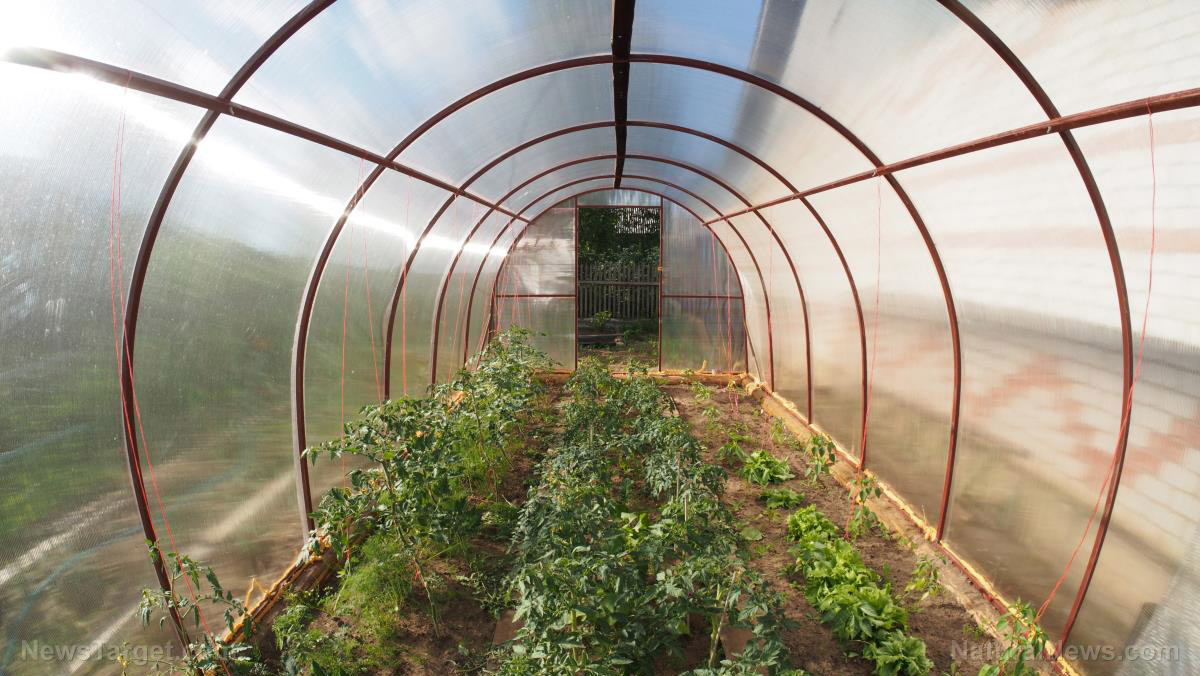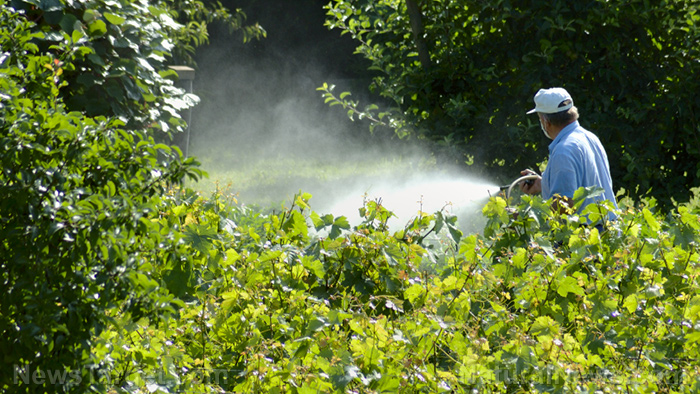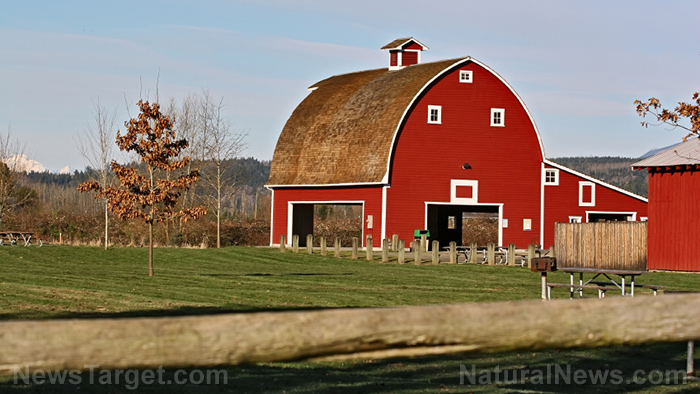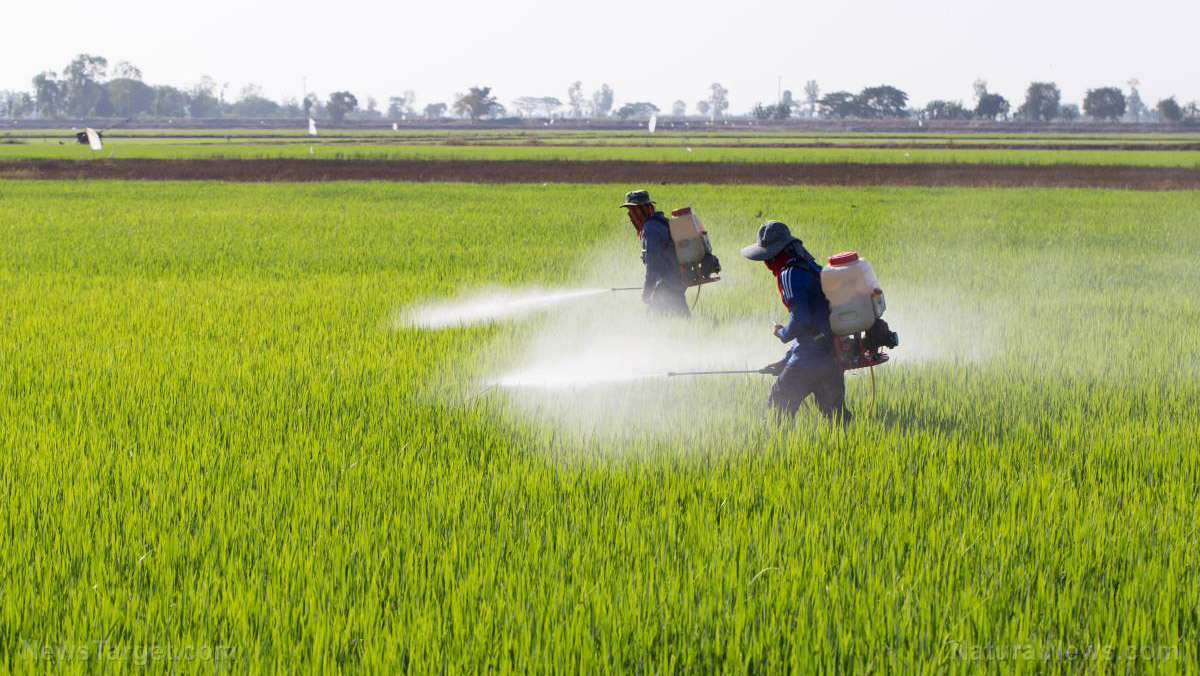See-through solar cells can generate power while helping plants grow
05/25/2021 / By Divina Ramirez

New research out of North Carolina State University showed that it is possible to grow lettuce in greenhouses that filter out wavelengths of light used to generate solar power.
Published in the journal Cell Reports Physical Science, the study demonstrates the feasibility of installing see-through organic solar cells on the roofs of greenhouses to generate electricity without stunting plant growth.
Moreover, these see-through organic solar cells can help manage light transmittance from the ultraviolet (UV) to the infrared (IR). Managing light transmittance has significant impacts on the thermal load of greenhouses.
Co-author Heike Sederoff said they were surprised to find no significant reduction in plant growth and health. The fact that plants were able to grow just fine in greenhouses equipped with the see-through organic solar cells means that integrating those see-through solar cells into greenhouses can be done, added Sederoff.
See-through solar panels generate power without affecting plant growth
Plants produce food and expel oxygen through photosynthesis. This process involves carbon dioxide, light and water. However, plants only use some wavelengths of light for photosynthesis.
Sederoff and his colleagues wanted to create greenhouses that can generate power from those wavelengths the plants don’t use while allowing those that plants do use for photosynthesis to pass through. (Related: Bacterium shows promise for producing solar fuels through artificial photosynthesis.)
Organic solar cells are ideal for such a purpose because researchers can tune the spectrum of light that the cell absorbs. In this case, researchers can have the cells absorb wavelengths of light that plants don’t use. They can then use that light to generate electricity, similar to how a traditional solar panel would work.
Greenhouses could be energy-neutral this way. Energy-neutral buildings mainly rely on renewable sources for power. Energy-neutral greenhouses could be groundbreaking because greenhouses require plenty of energy in the winter to keep the interior warm.
To determine how plants fare inside greenhouses equipped with semi-transparent solar panels, the team grew four groups of red leaf lettuce in greenhouse chambers for 30 days from seed to full maturity. One group served as the control while the other three were experimental groups.
The growing conditions were constant for all groups except for light. The control group was exposed to the full spectrum of white light. Meanwhile, the three experimental groups were exposed to white light through different filters that absorbed wavelengths of light similar to what see-through solar cells would absorb.
In particular, the researchers manipulated the blue light to red light ratio in each filter and observed how each group responded. They used various plant characteristics to assess plant growth and health, such as leaf number, leaf size, weight, how much carbon dioxide the plants absorbed and their levels of antioxidants.
The researchers found no meaningful difference between crops exposed to the full spectrum of white light and crops exposed to white light through the different filters. There was no significant difference either among crops exposed to the different filters.
“This is promising for the future of solar-powered greenhouses,” noted co-author Harald Ade. Getting farmers to use these see-through solar cells would be a tough argument if they negatively affected productivity. However, the study’s findings put those concerns to rest.
Ade said it is now only a simple economic argument about whether the investment in new greenhouse technology would be offset by energy production and savings.
Sederoff added that there is forthcoming research that delves into greater detail about how harvesting various wavelengths of light affects biological processes for other greenhouse crops like tomatoes.
Follow SolarPanels.news for more articles about the application of see-through solar panels.
Sources include:
Tagged Under: breakthrough, discovery, environment, future science, innovation, renewable energy, research, science and technology, solar cells, solar energy, solar panels, sustainable living
RECENT NEWS & ARTICLES
COPYRIGHT © 2017 HARVEST NEWS




















